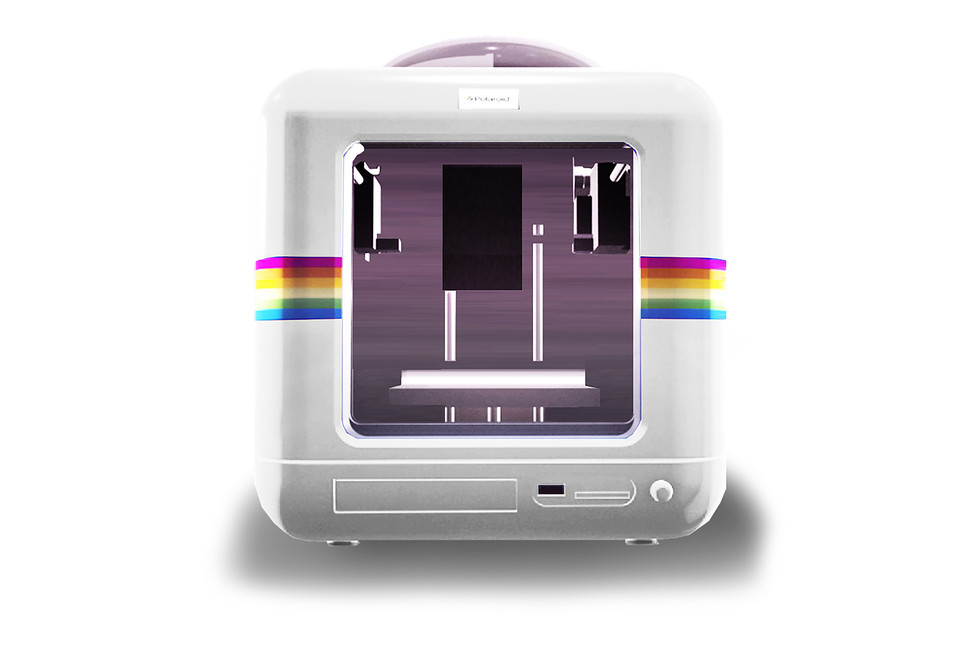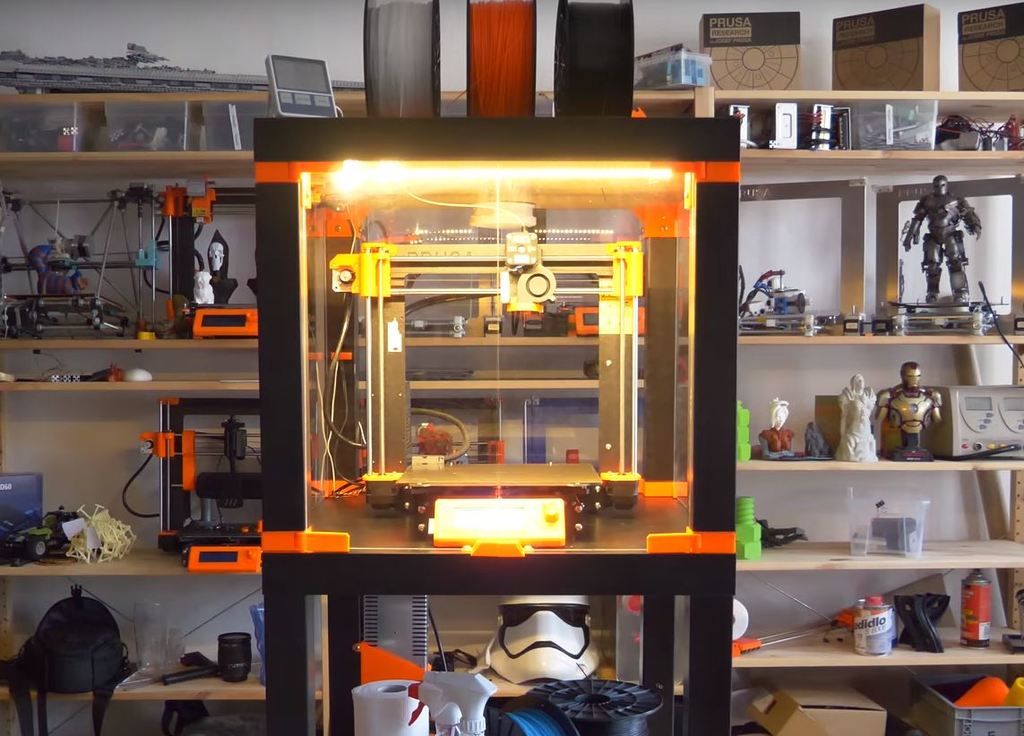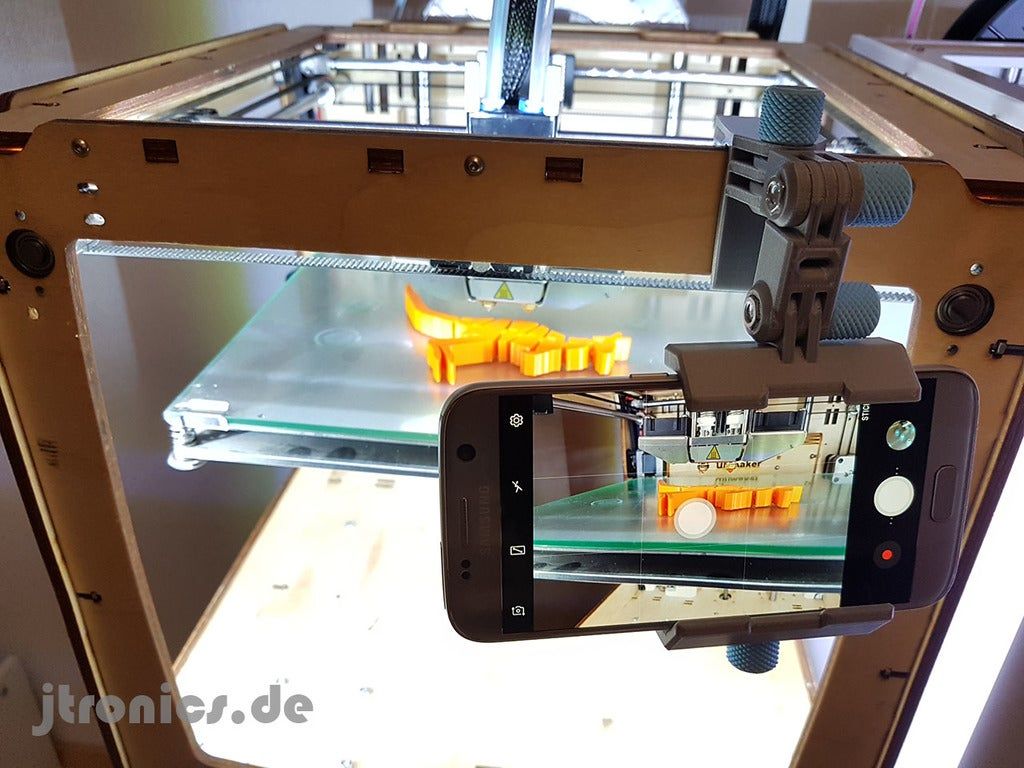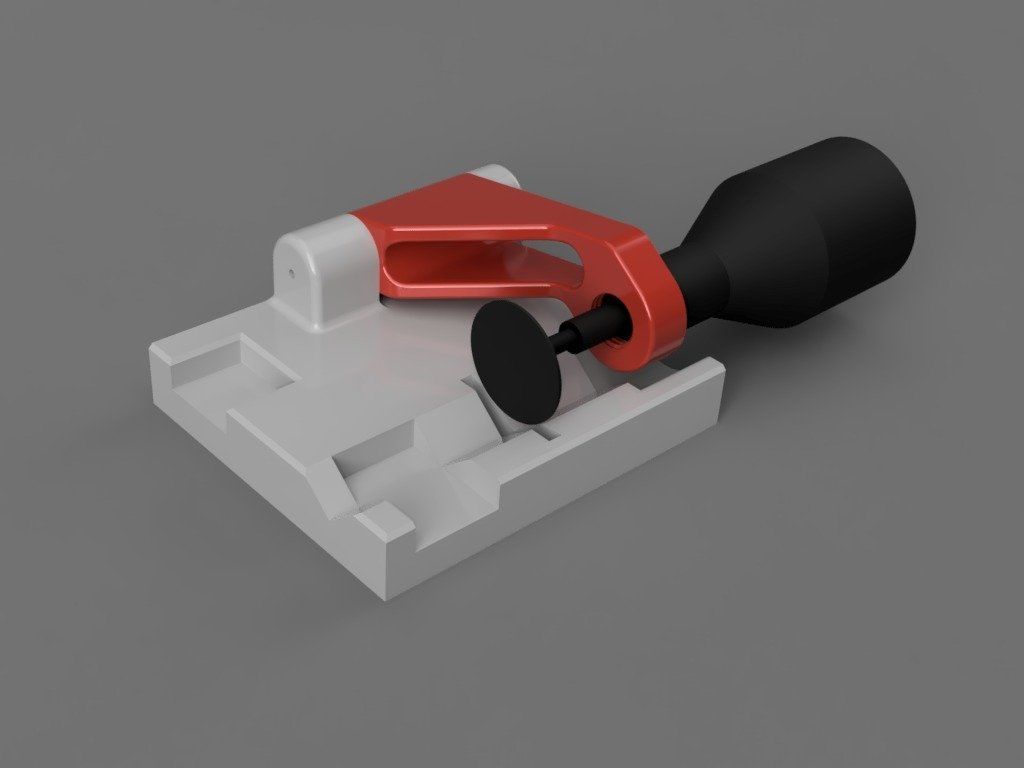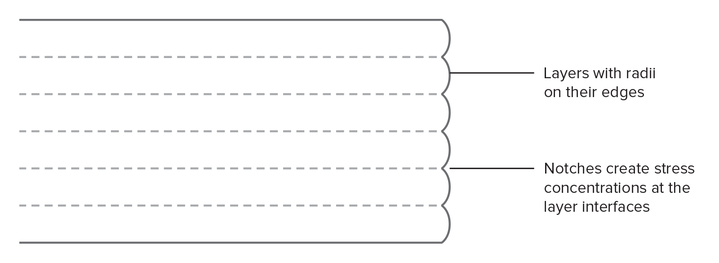Health 3d printing
Contributed: Top 8 healthcare uses for 3D printing
New technology developments have enabled healthcare advances in 3D printing with an estimated $6.08 billion by 2027 in terms of software, hardware, services and materials. The technology has given a boost to customized medicine, allowing a more accurate understanding of patient symptoms and treatment, and generating increased efficiency in the operating room (OR). Advent of 3D printing technology is leaving its mark in specialties such as orthopedics, pediatrics, radiology and oncology, as well as in cardiothoracic and vascular surgery.
Doctors, hospitals and researchers around the world are using 3D printing for:
- preoperative planning and customized surgery.
- medical devices and surgical instruments.
- molds, prostheses and customizable implants.
- 3D digital dentistry and drug administration.
3D printing allows specialists to create reference models using MRI scans and CT in order to help surgeons prepare better for surgeries.
In 2016, a child in Northern Ireland had two unhealed bones injuries his forearm. The child could not rotate his arm more than 50% and was suffering from increased pain. CT scanning and X-rays showed deformed bones, and the treatment required an osteotomy – a four-hour invasive surgery in which the surgeon reshapes the bones to improve rotation. However, the surgeon, printed a 3D model that changed the diagnosis, the surgical intervention and the recovery of the patient:
- It was the tight structures between the bones and not the shape of the bones that limited the child’s rotation ability.
- The procedure was completed in less than 30 minutes, instead of four hours.
- The patient was able to gain 90% arm-range movement four weeks after the intervention.
- The recovery time, the post-operation pain and the scarring decreased considerably.
Such 3D printing is changing preoperative planning which translates into less time spent in the OR, better surgery outcomes for the patients, faster post-op recovery and lower costs for hospitals.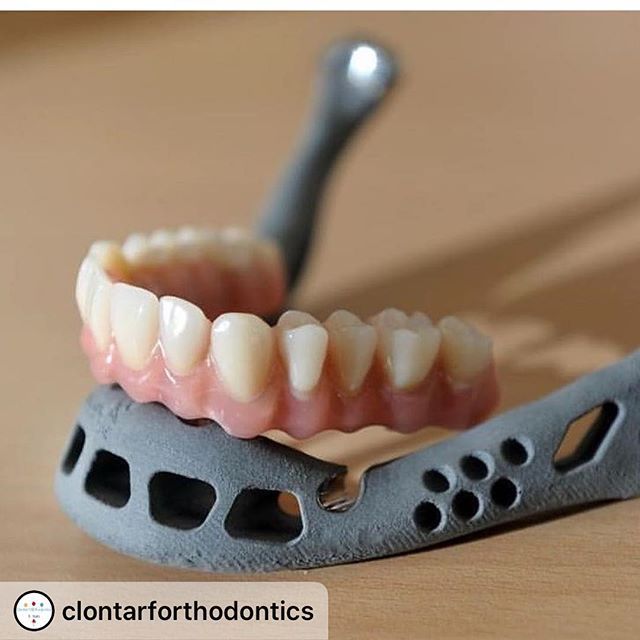
Due to decreased costs of 3D printers and increased availability of CAD/CAM medical software, more hospitals are creating in-house 3D-printed anatomical models. The process entails several steps:
- MRI and CT scans are processed in a stage known as segmentation.
- Each organ and body part type is modeled.
- Models are translated into STL file formats, arranged for printing and sent to the 3D printer.
Rady Children’s Hospital created its own 3D Innovations Laboratory for printing 3D models, including models that mimic human tissue such as airways, hearts and bones. In 2019, the hospital admitted a 7-year-old child born with a single functional heart ventricle (instead of the normal two). The medical team created a 3D-printed model that detailed every vein, artery and valve of the child’s heart, which enabled surgeons to identify the location where blood flow needed rerouting.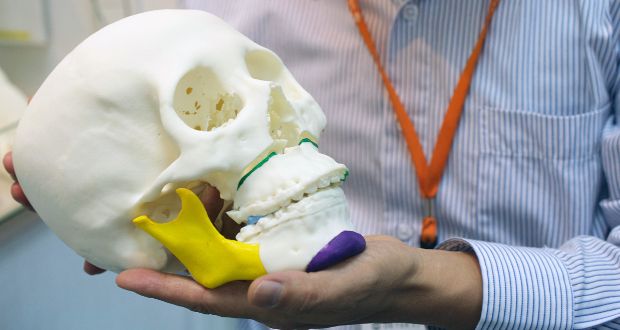
Anatomical models that are 3D-printed enable surgeons to plan the operation efficiently and establish better treatment solutions, decrease the operation's duration, and improve research and training for medical students.
3. Designing medical devicesIn order to serve their purpose, medical devices must meet several requirements:
- They need to comprise the perfect balance in terms of size and weight.
- The must match the particular shapes of the human body.
- They have to be functional, and they have to pass specific endurance tests.
Producing medical device to meet these criteria traditionally required extensive time. The alternative found by medical device manufacturers was stereolithography – a process in which a moving laser beam controlled by computer builds the required structure layer by layer. Thus 3D printing has been used to create the prototype of an inhaler, including the needed fixtures and jigs, aiming to:
- Reduce production from one to two weeks to one to two days.
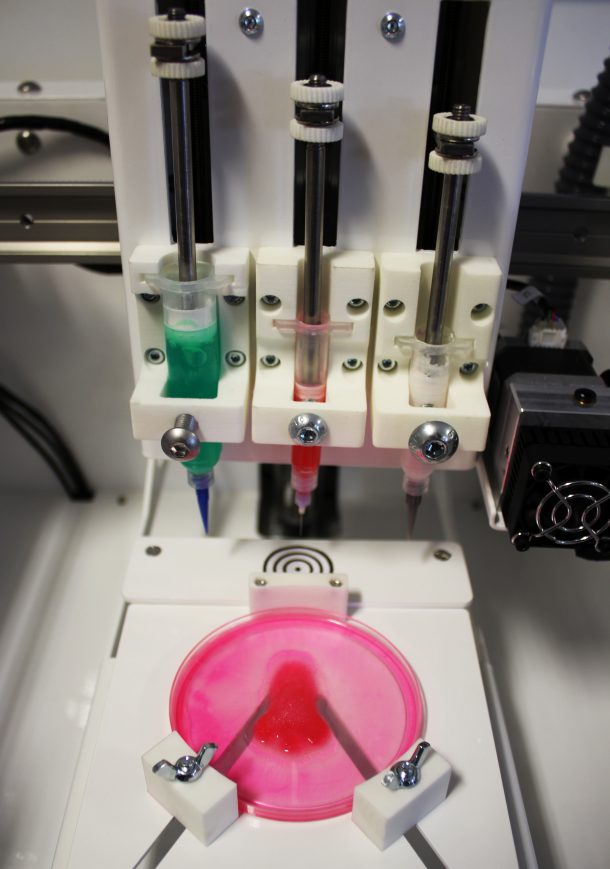
- Reduce cost 90% (from £250 to £11 or $343 to $15).
Customized 3D-printed surgical instruments such as scalpel handles, forceps or clamps help surgeons perform better in the OR, reduce operating time and promote better surgical outcomes for the patients.
Manufactured from materials such as stainless steel, nylon, titanium alloys or nickel, customized surgical instruments are well suited for sterilization. Endocon GmbH – a German medical device producer – has used metal 3D printing to create an alternative surgical tool for hip cup removal. This is traditionally a 30-minute procedure performed with a chisel, but the chisel can sometimes damage the tissue and bones, which results in an uneven surface, making the insertion of a new hip implant difficult.
Endocon’s stainless steel alloy 3D-printed blades, called endoCupcut, enabled precise cutting along the acetabular cup in three minutes and decreased the rejection rate for the replacement, while reducing production time and cost.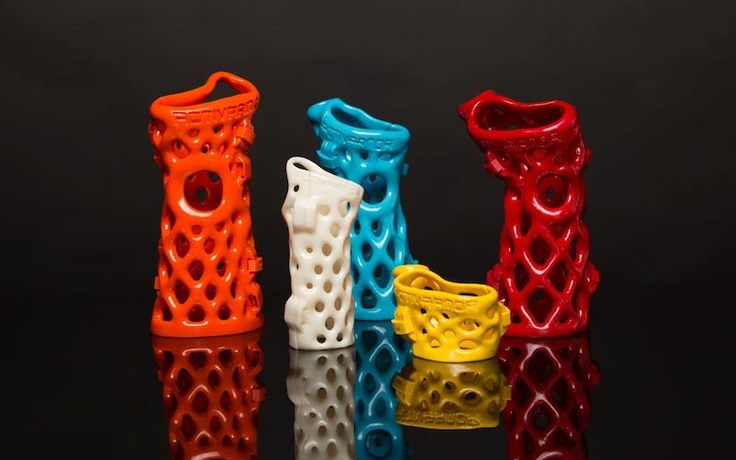
While simple prostheses are available in predefined sizes, customized bionic prostheses cost thousands of dollars. This situation affects many children who outgrow their prostheses and need customized replacement parts, which are produced by a handful of manufacturers.
In 2016, Lyman Connor and Eduardo Salcedo created the Lyman’s Mano-matic prosthesis to provide bionic prosthetics to those who need them and cannot afford them. Globally, prostheses designers can use 3D printing to overcome the financial obstacles and time line constraints entailed by this process. The costs of this manufacturing method are significantly lower than traditional methods, and the prostheses are ready in approximately two weeks, making 3D printing a viable solution for customized bionic devices that replicate a human limb's motions and grips.
6. 3D-printed implantsMetal 3D printing enables medical devices designers to produce implants that perform better, match better and last longer, for knees, spine, skull or hips.
Electron Beam Melting (EBM) is a technology that melts a metal powder layer by layer with the help of an electron beam, thus generating high-accuracy parts. These orthopedic implants provide spongy structures that mimic regular bone tissue, resulting in a higher percentage of osseointegration – the in-growth of a bone into a metal implant.
In 2016, a patient suffering from a tumor that eroded five of his vertebrae was admitted to Peking University Third Hospital. The tumor, caused by a rare form of malignant chordoma, could be removed only through surgery. However, the healing of the extended size bones defects might not have been completely and correctly possible once the lesion would have been removed.
To address this challenge, researchers designed five artificial vertebrae similar to the body structure of the patient using EBM technology. The prosthesis enabled increased stability of the spine, reducing pain and increasing the durability of the device, which allowed the patient to walk without braces two months after the surgical intervention.
Customized 3D printed implants represent a flexible solution for difficult orthopedic cases and may generate more treatment opportunities in the future.
7. 3D Digital DentistryA recent report indicates that, by 2022, cumulative manufacturing will produce around 500 million dentistry devices and restorations every year, with an estimated $9 billion for the entire dental segment by 2028.
In the dental industry, 3D printing is used for the manufacturing of dentures, surgical guides, bridge models and, most of all, for clear aligners – invisible devices that straighten teeth.
Compared to metal braces, clear aligners are actually invisible and can be taken off when the wearers need to brush their teeth or eat. The traditional production method of clear aligners is a combination of manual and milling processes that requires time and effort. The 3D printing technique speeds up the process, since customized molds for clear aligners can be manufactured directly from digital scans of patients.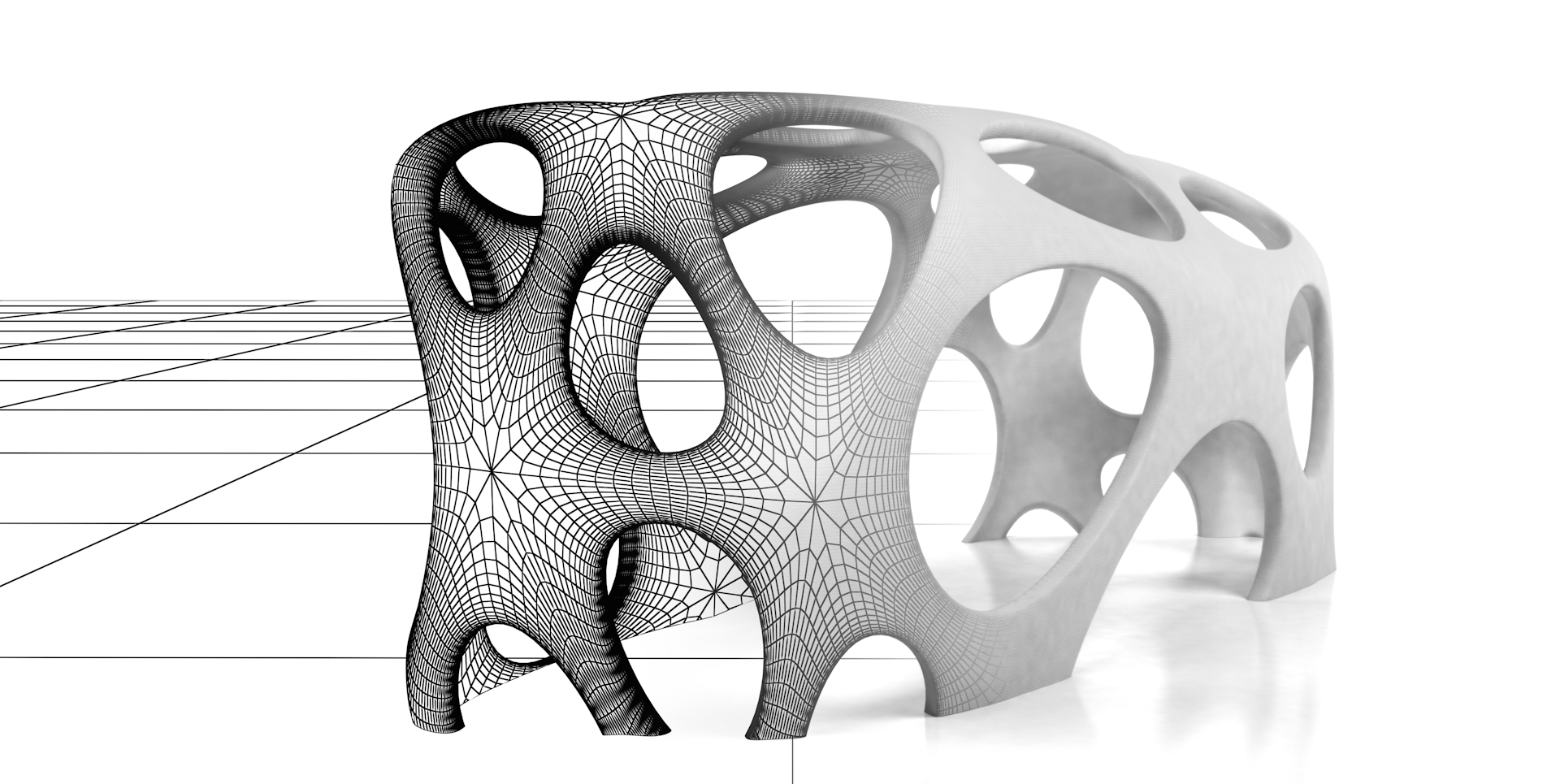
Looking for cost-efficient solutions, one dental start-up has perfected an easy process to produce molds for clear aligners:
- Customers take impressions of their teeth with an at-home impression kit or an intraoral scan at a specialized center.
- Impressions and scans are checked by a dental professional, who creates a plan for treatment.
- The company then sends the 3D-printed aligners to the customers.
Therefore 3D printing is a cost-effective method to produce clear aligners, since the setup and tools are not expensive, and their customization is, as proven, direct and simple.
8. Streamlining drug administration3D printing can also simplify drug administration with the help of 3D-printed pills. Polypill is a concept designed for patients suffering from several affections, containing five different drugs compartments and two separate release profiles.
Patients affected by several health issues often take their medication at different hours within the day, and this can be confusing in setting a schedule. This 3D printed pill handles both medication dosage and potential interactions between drugs treating different conditions, so eliminating the need for this scheduling and close monitoring.
This 3D printed pill handles both medication dosage and potential interactions between drugs treating different conditions, so eliminating the need for this scheduling and close monitoring.
The administration of a single customized pill to treat several ailments has multiple advantages:
- increased medication adherence to prescribed treatments.
- customized medication or drug combinations.
- lower production costs, due to the ability to treat more affections at the same time.
- greater accessibility in developing countries to affordable and efficient drugs.
As the price of high-performance 3D printers decreases, more medical professionals use 3D printing to produce cost-efficient customized devices in short periods of time, to design patient-tailored anatomical models, to identify revolutionizing clinical solutions and to create new treatments adapted to patients’ needs.
The advances in 3D-printing technology will attract more customized care and more high-precision medical instruments. At the same time, 3D printing is expected to make an impact in other medical specialties such as ophthalmology, regenerative medicine and bio-printing.
At the same time, 3D printing is expected to make an impact in other medical specialties such as ophthalmology, regenerative medicine and bio-printing.
About the Author
Dr. Liz Kwo a serial healthcare entrepreneur, physician and Harvard Medical School faculty lecturer. She received an MD from Harvard Medical School, an MBA from Harvard Business School and an MPH from the Harvard T.H. Chan School of Public Health.
3 Ways 3D Printing Is Revolutionizing Health Care
3D printing is rapidly approaching a critical juncture in health care. The technology has shown success in improving surgical techniques through the development of organ models, bone and joint implants and precision instruments. Research is also underway to use the technology to manufacture medications, skin tissue and organs.
The number of hospitals with in-house 3D printing facilities also is growing. In 2019, 113 hospitals had centralized 3D facilities for point-of-care manufacturing, compared with just three in 2010, according to a Statista report.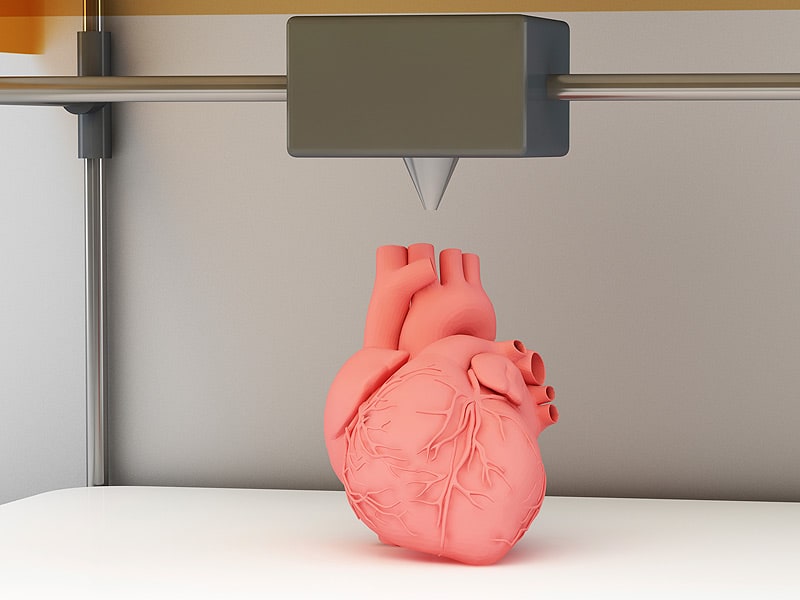 Meanwhile, the FDA has approved hundreds of medical products made with 3D technology, according to Pew Trust. The 3D printing health care market increased dramatically during the COVID-19 pandemic, when some hospitals relied on the technology for rapid rollout of personal protective equipment and medical devices.
Meanwhile, the FDA has approved hundreds of medical products made with 3D technology, according to Pew Trust. The 3D printing health care market increased dramatically during the COVID-19 pandemic, when some hospitals relied on the technology for rapid rollout of personal protective equipment and medical devices.
These developments, along with the fact that medical device manufacturers are making ever greater use of 3D printing to drive down costs and more consistently meet supply demands have more provider organizations taking a closer look at the technology. And while questions remain about just how commonplace 3D printing will become in health care, reimbursement policies regarding these products and more, here are some of the top ways hospitals and health systems are benefiting from existing technology and how 3D printing might transform clinical care in the future.
How 3D Printing Is Impacting Clinical Care
3D printing creates a three-dimensional solid object from a digital model.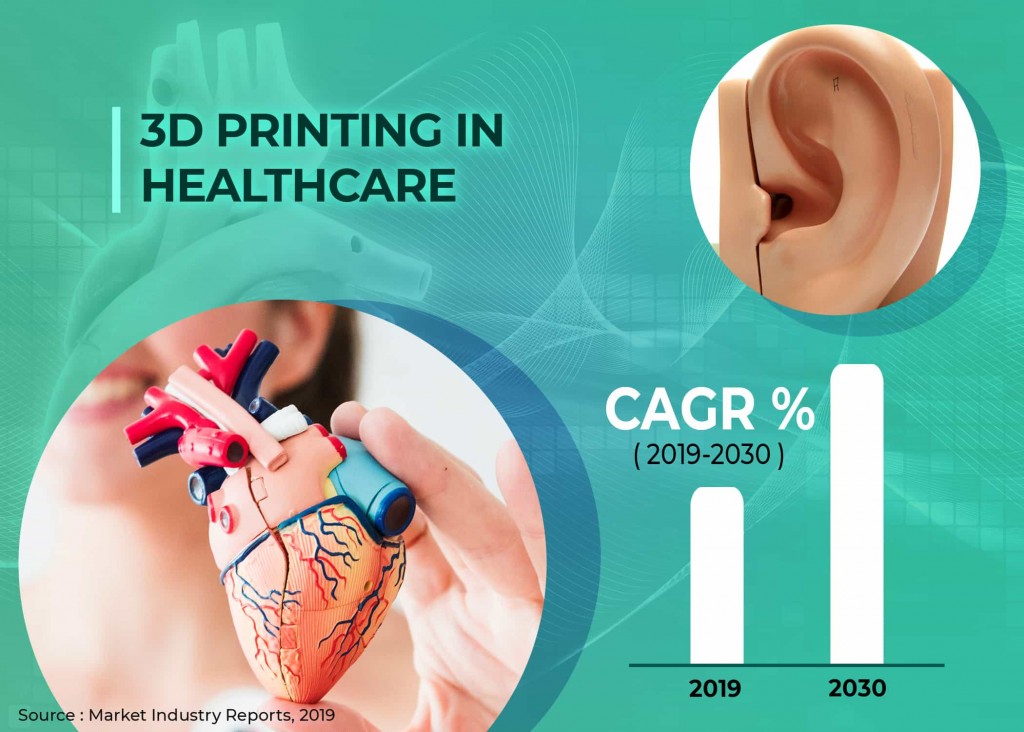 The 3D printer creates the object by reading a digital blueprint and reproducing it layer by layer with filament and ultraviolet light.
The 3D printer creates the object by reading a digital blueprint and reproducing it layer by layer with filament and ultraviolet light.
One of the chief benefits of 3D printing is that it doesn’t require the cumbersome and costly equipment needed in traditional manufacturing, which greatly accelerates the speed of producing products. For example, 3D technology has reduced the production of hearing aids from more than one week to one day.
1 | Implants and Prosthetics
Dental implants were one of the first medically approved uses of 3D technology. Since then, the FDA has approved 3D technology to develop other complex implants. A 2021 study in the Journal of the American Academy of Orthopaedic Surgeons concluded that 3D printing has “significantly impacted bone and cartilage restoration and has the potential to completely transform how we treat patients with debilitating musculoskeletal injuries.”
Others note that 3D technology can improve how prosthetics fit and function.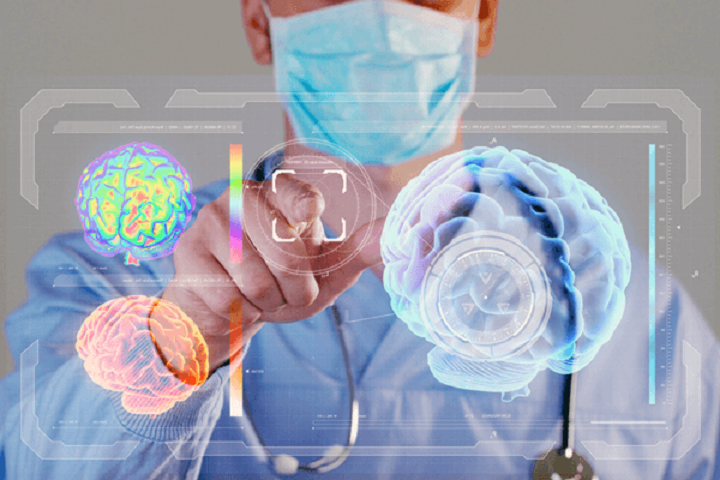 The technology has become accessible and affordable and some are using it to create their own limbs. e-NABLE, a global community of volunteers, has created more than 8,000 prosthetic hands and arms for people worldwide.
The technology has become accessible and affordable and some are using it to create their own limbs. e-NABLE, a global community of volunteers, has created more than 8,000 prosthetic hands and arms for people worldwide.
2 | Anatomical Models
3D printers can produce highly accurate and detailed anatomical models, assisting surgeons in preparing for complex procedures, improving outcomes and reducing costs. For example, in 2022, researchers at Florida Atlantic University and the University of Virginia designed a robotic model of the human spine to help surgeons predict how interventions would perform before surgery. Results of a study on the replica showed that the system can determine the candidacy of disc implants in five distinct postures with 100% accuracy.
A 2020 study in Academic Radiology reported that using 3D anatomic models as surgical guides reduced surgical time by a mean of 62 minutes, resulting in a cost savings of $3,720 per case. Another 2021 study concluded that lengthy surgeries were reduced between 1. 5 to 2.5 hours when 3D-generated anatomical models were used as guides.
5 to 2.5 hours when 3D-generated anatomical models were used as guides.
3 | Medical Equipment
Fabrication of customized medical devices — including forceps, clamps, hemostats and retractors — are among the most common medical uses for 3D printing. A key benefit is that precise design modifications can be made rapidly based on surgeon feedback.
The technology is playing an instrumental role in the increased need for the rapid deployment of medical equipment, helping to mitigate supply chain challenges. A team from Oregon Health & Science University responded to the recent global shortage of ventilators by developing a low-cost version that can be produced using 3D-printing technology. The ventilators can be replicated for less than $10 worth of material.
The Future of 3D Printing
In 2019, bioengineers at the University of Washington School of Medicine and the UW College of Engineering developed a breakthrough 3D technique for bioprinting tissues, as reported by ScienceAdvances. This success, along with 3D techniques created by the University of California Berkeley and other institutions, show promise in producing on-demand living body tissue, blood vessels, bones and organs.
This success, along with 3D techniques created by the University of California Berkeley and other institutions, show promise in producing on-demand living body tissue, blood vessels, bones and organs.
Although 3D printing presents significant opportunities for clinical innovation, many institutions are challenged by reimbursement and safety issues related to integrating the rapidly evolving technology into the highly regulated field. Among the issues that still need to be resolved are:
- What will reimbursement models be for 3D printing services and products?
- Do the benefits of establishing in-house 3D manufacturing facilities outweigh startup costs?
- How will FDA regulatory scrutiny pivot to meet the demand for 3D products?
- What products fall outside of FDA oversight and what potential risks might they present for patient safety?
3D printers are hazardous to human health
Share on Facebook Share on Twitter Share on Vkontakte
The 3D printer is essentially a miniature factory that assembles resources and produces the final product.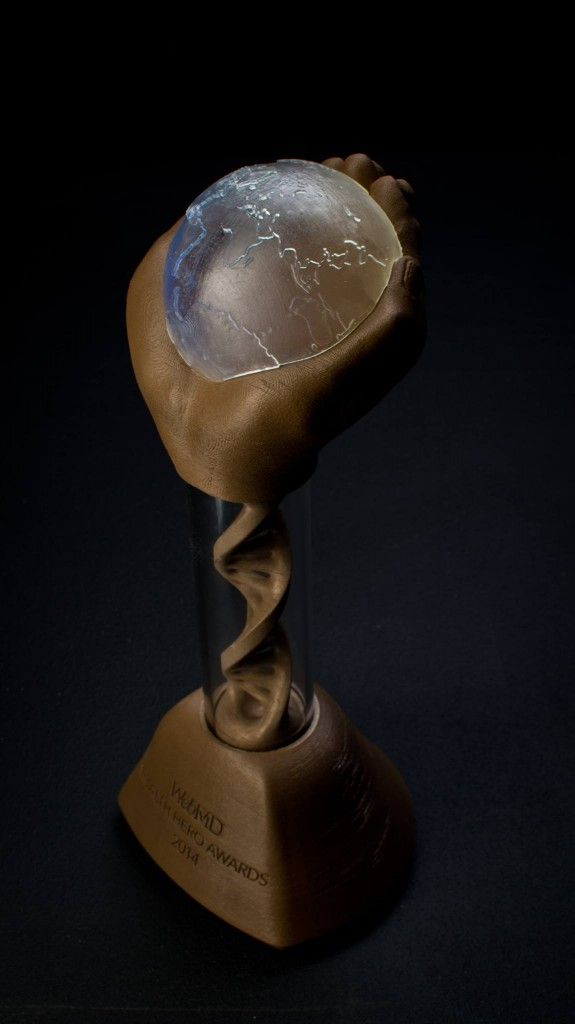 And, like a real factory, it presents an environmental problem.
And, like a real factory, it presents an environmental problem.
A few days ago, specialists from the international company Underwriters Laboratories and scientists from the Georgia Institute of Technology (USA) published a two-year study on 3D printers. The aim of the experts was to study volatile organic substances (VOC) which are emitted during the operation of such devices. Conclusion - working 3D printers emit 216 different compounds into the air, some of which have an irritating or carcinogenic effect.
Researchers have focused on Fused Filament (FFF) devices, the most popular class of consumer 3D printers. It is these devices that are most often bought for printing at home, in the office or at school. And at the same time, as it turned out, they pose a serious danger to their owners.
The authors of the study warn that many of the VOCs emitted by printers are irritants (irritants) and have carcinogenic properties. In particular, they are capable of "providing a toxic effect on the human reproductive system." Which substances will be released during the operation of a particular printer depends on the parameters of the filament used and environmental conditions.
In particular, they are capable of "providing a toxic effect on the human reproductive system." Which substances will be released during the operation of a particular printer depends on the parameters of the filament used and environmental conditions.
Researchers measured the level of VOC from printers in two rooms replicating a home room and a classroom. Their conclusion: "The concentration of some of the observed substances exceeds the level recommended for indoor use, and may have a negative impact on the health of the people in them."
But what to do in this situation? The authors of the study give the following advice to : use certified low emission 3D printers, keep the printer as air vented as possible when it is running, and if possible stay away from it during printing. In addition, engineers advise lowering the temperature at the exit of the extruder nozzle and using filaments that can work with it.
We, for our part, offer a fourth solution that completely eliminates all the negative effects of 3D printing - entrust this business to professionals . Every company that deals with 3D printing at a serious level (including ours!) has specially equipped workshops with air exhaust and filtration systems. Plus, we use more advanced technologies than FFF in our practice. For example, the Selective Laser Sintering (SLS) method , in which we use a special polymer powder instead of a melting filament. The strength and reliability of products created using SLS technology allows them to be used even in power plants or in the space industry.
Every company that deals with 3D printing at a serious level (including ours!) has specially equipped workshops with air exhaust and filtration systems. Plus, we use more advanced technologies than FFF in our practice. For example, the Selective Laser Sintering (SLS) method , in which we use a special polymer powder instead of a melting filament. The strength and reliability of products created using SLS technology allows them to be used even in power plants or in the space industry.
In addition to cutting-edge technology, we use the world's best 3D printers and have a very good understanding of different materials. Our experts have experience in the most unusual and complex projects, and in terms of printing speed, we will give odds to any home printer. Write (or call) us - and we will print your order in the blink of an eye!
***
304196
3d printer news
Are 3D printers dangerous to health? Expert opinion
3D printers, which have appeared relatively recently, but are already actively penetrating into the daily life of a person and business, can be dangerous to human health.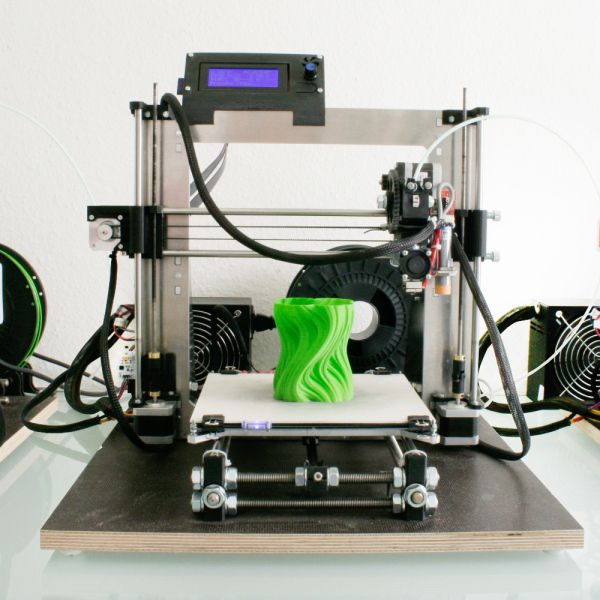 This assumption was made by a group of scientists from the University of California at Riverside, according to the results of the research. These results have already raised many questions regarding the safe use and further development of additive technologies.
This assumption was made by a group of scientists from the University of California at Riverside, according to the results of the research. These results have already raised many questions regarding the safe use and further development of additive technologies.
We studied the arguments of this group of researchers, as well as received expert opinion from industry experts, and tried to answer the question of whether 3D printing is harmful to humans, what precautions can be taken, and what the future holds for the additive technologies industry.
3 D-printer is a kind of mini factory in a small box.
We [society represented by specialized services] control the operation of factories (in this context, for compliance with environmental standards). And we would never put a factory in our house.
However, 3 D-printers are spreading and soon there will be as many of them in our homes as toasters.
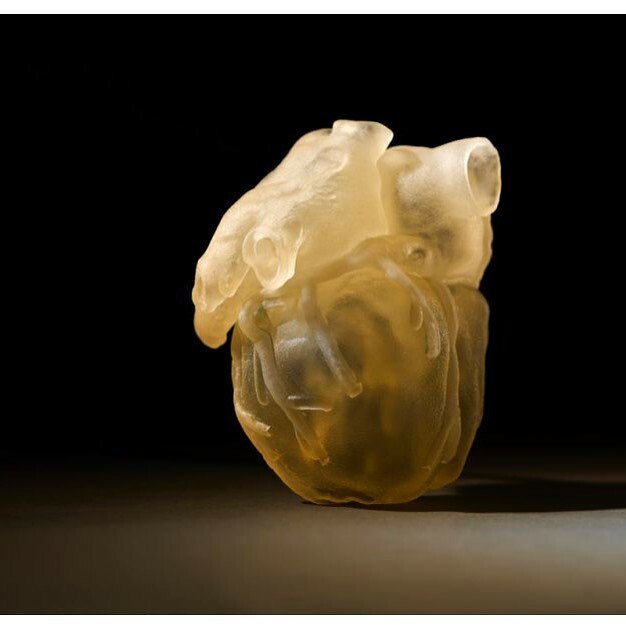
– stated William Grover , Associate Professor of Bioengineering at Bourns College of Engineering (one of three colleges that form the structure of the University of California at Riverside).
In the course of their research work, scientists studied two types of 3D printers: those that melt plastic to get the final object; and those that use light radiation, which turns a liquid substance into a solid body of the required shape. As a result, it turned out that consumables from both types of technologies are toxic to zebrafish embryos (the studies were conducted on them). Moreover, the results of printing (the resulting objects and waste materials) using the technology that uses light are the most toxic.
3 D-printers and health. Study description
The harmful effects of 3D printers on living organisms were discovered, as is often the case in science, quite by accident.
About a year ago, the mentioned Grover purchased a 3D printer for the needs of his laboratory.
In the course of the work of one of the graduate students ( Sherin Mesbaha Oskui ), who studied zebrafish embryos (as such) and used products printed on the same 3D printer in his research, it turned out that the embryos die (immediately or after a short time) after contact with printed objects. This circumstance (death of embryos) stopped Oskui's work on this project, but marked the beginning of a new study, which demonstrated the detrimental effects of 3D printers.
Oskuy and Grover have been joined by several other eminent scientists in their new research project. The objects for research were 2 models of 3D printers: melt-printing polymer material , Dimension Elite from Stratasys ; and, working by exposing the resin to light, Form 1+ from Formlabs .
Each of these 3D printers produced discs 1 inch (2. 54 cm) in diameter. Then, these discs, along with the embryos, were placed in Petri dishes in order to observe further developments.
54 cm) in diameter. Then, these discs, along with the embryos, were placed in Petri dishes in order to observe further developments.
As a result, it was found that the most detrimental effect (on experimental embryos) was exerted by those parts (and printing waste) that were obtained on devices working with light radiation and liquid printing materials (photopolymer resins).
Most of the embryos died on the third day after the "contact", almost all died by the seventh day. And those fish that did survive and eventually hatched had serious deviations and developmental defects.
The data obtained formed the basis of a separate research work (DOI: 10.1021/acs.estlett.5b00249), dedicated to the toxicity of 3D printers during their operation and the products obtained on them.
Of course, the researchers note, the detected toxicity has an incomparably smaller effect on humans than on tiny zebrafish embryos.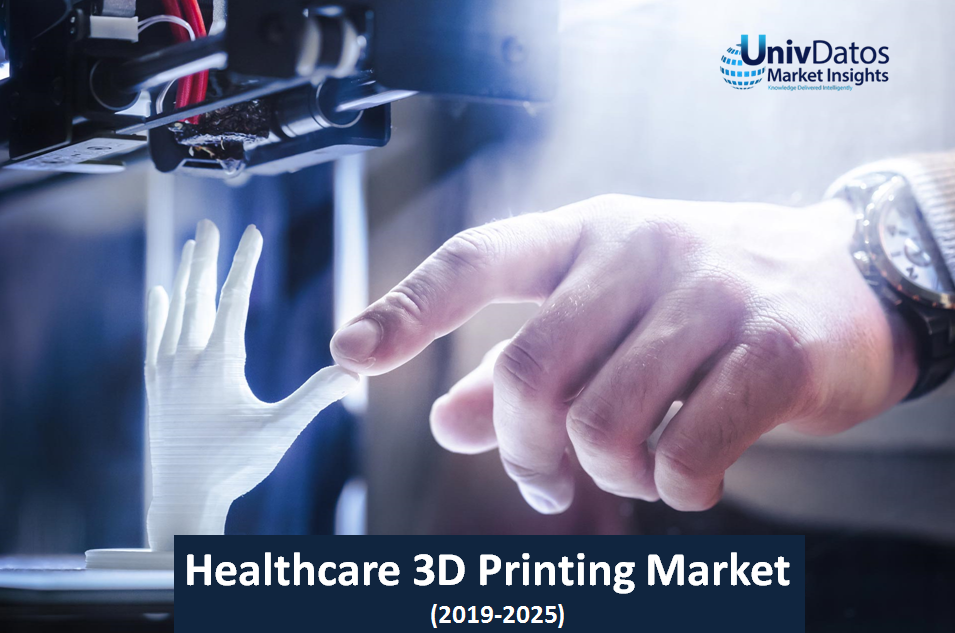 However, the very fact of such an impact requires serious attention. 3D printing technologies are still at the very start of their rapid development, and many side (negative) effects may appear much later. They, along with the impact on humans of such fruits of scientific and technological progress as Wi-Fi, cellular communications and fluorescent lamps, need to be investigated now.
However, the very fact of such an impact requires serious attention. 3D printing technologies are still at the very start of their rapid development, and many side (negative) effects may appear much later. They, along with the impact on humans of such fruits of scientific and technological progress as Wi-Fi, cellular communications and fluorescent lamps, need to be investigated now.
3 Are D printers dangerous to health? Yes or no? Expert opinion
As already mentioned, 3D printing technologies are very promising. The development of additive technologies promises great prospects for many sectors of the economy, and for society as a whole. And suspicions that these technologies and the resulting products can be harmful to humans can, if not stop, then certainly slow down the expected progress.
To find out how dangerous 3D printers are, if at all, we reached out to an industry expert for comment to Sergey Ismulin , (development engineer, chief designer of research and production company TTF-Group (TTF-Group).
In the above example with Danio embryos, we are talking about printing technology with photopolymer resins - SLA . To fully understand the problem, it is necessary to say a few words about the technology itself. Prior to the growth of the final product, the raw material is a UV-active resin, presented in liquid form. During the printing process, the resin is activated by ultraviolet radiation, its physical properties change, and it hardens, similar to 9-based adhesive.0012 epoxy resin . This is ideally, in practice, the process of activating the resin with UV radiation does not result in complete polymerization of and part of it retains a certain amount of volatility. As a result, the finished product may actively evaporate some of the "wet" resin. To be fair, not all resins used in the 3D printing process are toxic, and often the type of raw material used is determined by the manufacturer of the device.
However, SLA printing technology is not the market leader, the most interesting are printers using the most common FDM technology - melted plastic printing. In this case, the greatest danger is the evaporation of plastic heated to the melting point. Since incomplete polymerization of the initial monomers occurs during the production of raw materials, some of them are able to evaporate with increasing temperature. Among these monomers, styrene is the most dangerous. Extremely toxic substance, may evaporate in unacceptable quantities from raw materials from unverified manufacturers. There is a lot of research in the industry closest to FDM technology - extrusion injection molding. The results of these studies unequivocally answer the question of the dangers of heated polymer fumes - yes, it is harmful.
There is no single and simple solution A complex and multi-vector approach is needed. On the one hand, producers of raw materials must improve the quality of the latter and eliminate the presence of harmful substances as much as possible.
On the other hand, manufacturers of 3D printers should take care of ways to minimize harmful fumes during operation. This includes the maximum possible lowering of the extrusion temperature, the use of sealed chambers, and mandatory filtration or the use of absorbent materials in their devices. And if the device works non-stop, then the room in which the printer is located must be equipped with an active exhaust ventilation system. In turn, the state should develop and adopt a number of legislative measures and technical regulations regarding the certification of 3D printing technology. Only if all measures are followed, you can get a guarantee that there will be no harm to health in the 3D printing process.
As an example of a comprehensive approach , I can illustrate how our company operates under the strict standards we have set for ourselves. I’ll start with the last one, being an active participant in the cluster on additive technologies created by the Academy of Sciences of the Republic of Belarus, at regular meetings of the presidium we made a proposal to create regulations and standards in the field of 3D printing.
The proposal received the necessary support, and together with the regulatory authorities, we will deal with this issue closely as we advance our own developments. As for the materials used for 3D printing, we are actively collaborating with the laboratory of polymeric materials of the Institute of Chemistry of New Materials. Colleagues from the institute have developed a unique material optimized for 3D printing, and given their professional experience and adherence to strict chemical safety standards, we can say with full confidence that their raw materials are as harmless as possible. Meanwhile, in the devices we develop, we do not prohibit the use of materials from other manufacturers, which imposes certain requirements on the device. First, our 3 D printers are a hermetically sealed box that prevents the penetration of harmful fumes to the outside. Secondly, the air recirculation system using HEPA filters cleans the internal volume of the chamber during the printing process, which provides additional protection against emissions.
Thirdly, the raw material is preliminarily prepared and degassed in a special compartment of the printer. Thus, we carry out the whole range of measures in order to maximally secure the 3D printing process on our devices.
- the Belarusian developer of the study of American scientists commented.
In turn, Oskui , who conducted the studies described above, in the course of additional research found that the negative effect and toxicity of the resulting products can be reduced by using ultraviolet radiation. At least those parts (obtained on a 3D printer by light exposure to resins) that have been exposed to an hour of ultraviolet radiation, became significantly less toxic .
3 D-printers - growing popularity and prospects
Research conducted by Canalys says that the popularity of 3D printers is growing! And, most importantly, it will continue to grow at an accelerated pace.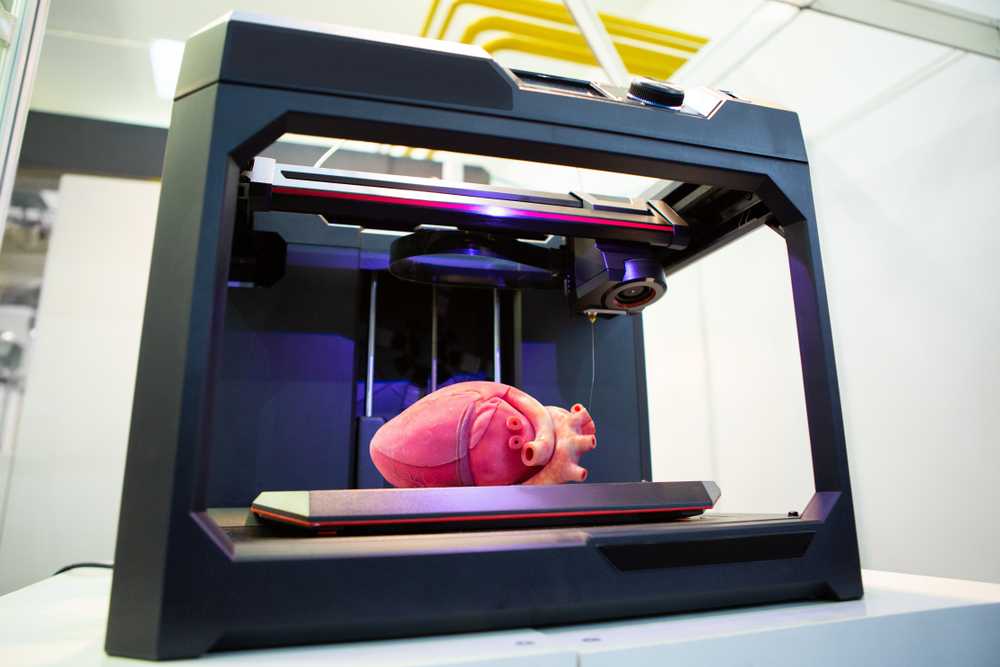 Thus, in particular, the report notes that the total market for 3D printing in 2012 amounted to $ 288 million, and already in 2013 - $ 2.5 billion. By 2018, according to Canalys, the global market for additive technologies will grow even more, reaching $16.2 billion marks
Thus, in particular, the report notes that the total market for 3D printing in 2012 amounted to $ 288 million, and already in 2013 - $ 2.5 billion. By 2018, according to Canalys, the global market for additive technologies will grow even more, reaching $16.2 billion marks
The growth of this market, as often happens, is the progress in the development of technological solutions in this area, allowing: a) to increase the efficiency of printing ; b) increase the quality of the resulting products, and c) reduce the price of 3D printers.
Prices for 3D printers are really falling. You can buy a 3D printer that works on the principle of melting polymers (ABS plastics, PLA and other less popular plastics) for $ 200; You can buy a 3D printer that uses light radiation in its work for 3,000 US dollars. This dynamic allowed 3D printers to go beyond the walls of design bureaus and scientific laboratories and come into the homes of ordinary citizens who use 3D printers, for example, to print children's toys or collectible models, as well as for other useful and fun pastimes.



